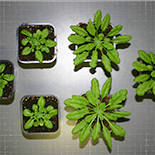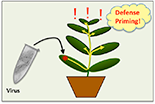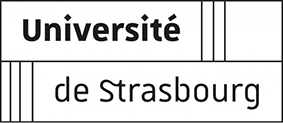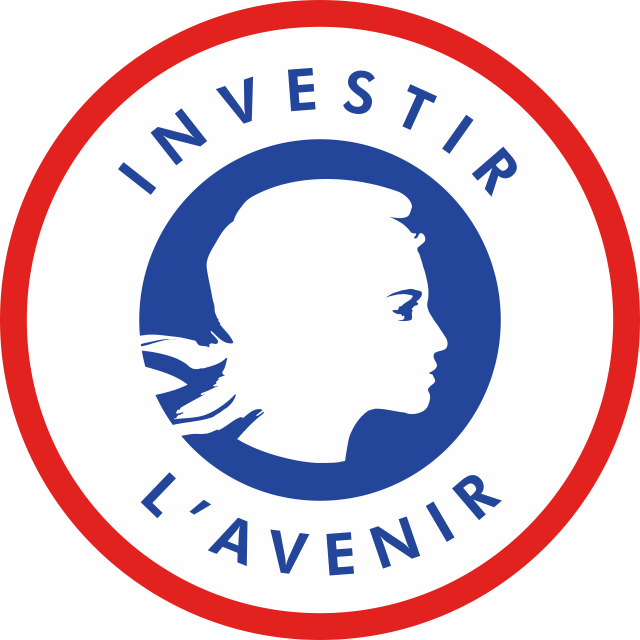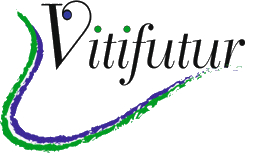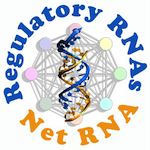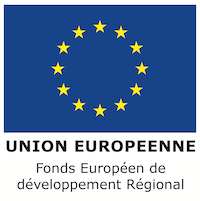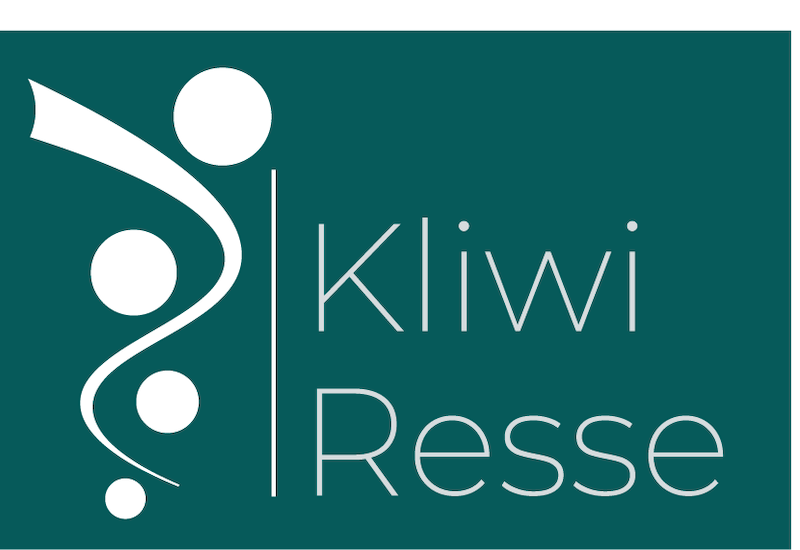Plant intercellular communication plays a key role in the orchestration of plant development, defence responses and pathogenesis, and involves the trafficking of macromolecules through plasmodesmata (PD). The ability of viruses to exploit the macromolecular trafficking pathway through PD has a fundamental impact on agricultural yield. To improve agricultural yield and to understand the mechanism of intercellular communication, we investigate virus- and host-encoded protein- and RNA-effectors and their cellular targets through which viruses (1) operate macromolecular complex assembly and transport mechanisms and (2) subvert host defenses. Plant viruses are also developed for use as nanocarriers for intravital imaging and anti-cancer agents.
Our research programs are partly funded by international (e.g. Plant-KBBE, CNRS PICS, SusCrop ERA-NET BioProtect) and national (ANR, IDEX Unistra, League contre le Cancer) programs. Our team has joint research projects with teams in Germany, Spain, Argentina and Russia.

